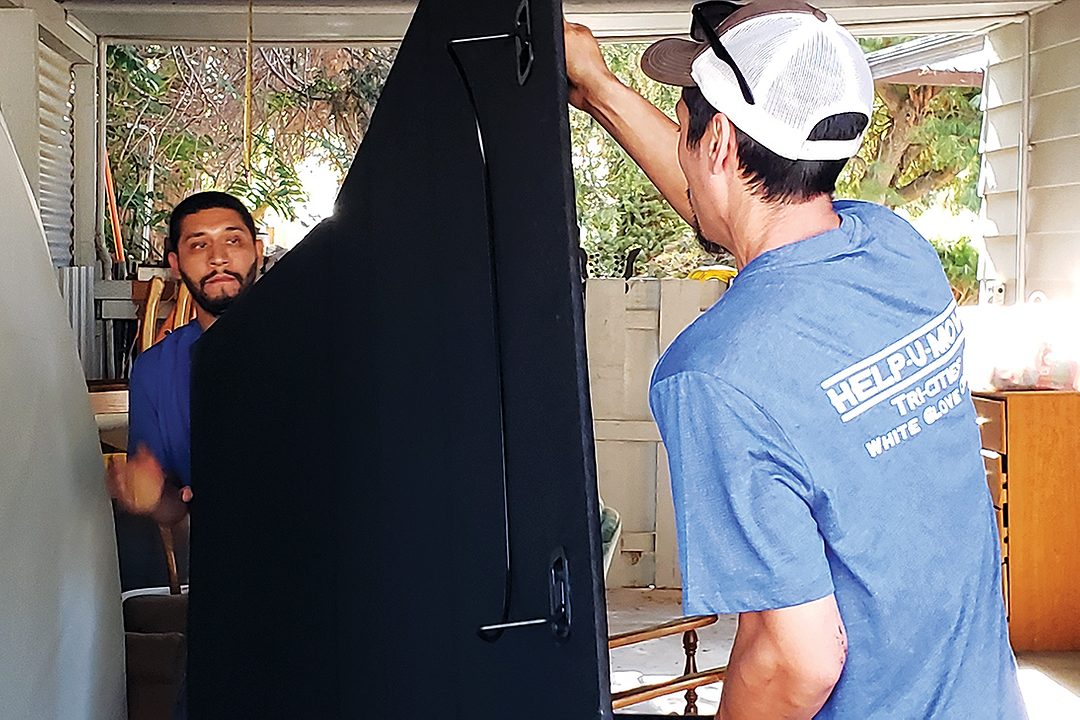
Home » Covid-19 is making Mid-Columbia’s tight housing market tighter
Covid-19 is making Mid-Columbia’s tight housing market tighter

July 15, 2020
Tri-City home sales are defying the expectations of a stressed economy. But real estate insiders aren’t surprised.
A tight inventory of homes for sale coupled with unprecedented low mortgage interest rates and an unemployment rate that’s lower than the rest of the state is keeping the market moving.
The first five months of 2020 saw strong sales and rising prices, flying in the face of expectations for an economy chilled by the coronavirus pandemic, according to June statistics released by the Tri-Cities Association of Realtors.
Nationally, sales of existing homes fell by 10% in May, according to the National Association of Realtors
But its regional affiliate, which represents more than 1,100 licensed Realtors in the Mid-Columbia, sees a different picture. It tracked 2,125 closings for the year through June. That’s more than the snow-slowed starts to the 2017 and 2019 selling seasons but fewer than 2018, when snow wasn’t an issue.
The rosy figures are echoed by local insiders who work with buyers and sellers every day.
Realtors, mortgage brokers, appraisers, moving companies and inspectors report they’re as busy as ever. Home sales slowed briefly in March, when Washington Gov. Jay Inslee issued the Stay Home, Stay Healthy order to curtail the spread of the virus that causes the deadly Covid-19.
The Federal Reserve slashed interest rates to prop up the economy. Thirty-year mortgage loans can be had for a record-low 3.5% or better. It’s helping turbocharge a market that has been imbalanced for years.
For the Tri-Cities, where demand for homes has long outpaced supply, the low rates support demand by extending the reach of buyers.
Whether that’s good or bad is a matter of perspective. Sellers can expect robust prices and swift sales. Buyers will find few if any homes that meet their criteria and aggressive pricing.
“In my 41 years of real estate, there has never been a better time to sell than today,” said Dave Retter, owner of Retter & Co. Sotheby’s International Realty in Kennewick.
“I’m not saying that to get listings,” he added.
Stay-home orders have taken a heartbreaking toll on the hospitality and tourism sectors but spared residential real estate.
“The housing market is a bright spot,” Retter said.
Dennis Gisi, owner of the Mid-Columbia John L Scott realty offices, said “frenzy” is the word that best describes a market with a 12-day inventory of mid-priced homes ranging from $350,000 to $450,000. The figure reflects how long the current inventory would last based on current demand.
Realtors say a market needs a five- to six-month inventory to be in balance.
By the numbers
The Association of Realtors saw a slowdown in late spring as buyers and sellers adapted to face masks and new restrictions on the process of looking at homes. June showed a solid rebound, said John Keltch, the association’s president as well as an agent for Windermere Group One.
There were 443 home sales in June, compared to 463 the year prior. The average and median home price for June was $333,600 and $315,000, respectively, both up less than a percentage point from the year prior.
Low interest rates are one factor. Unemployment is another. Tri-Citians are suffering because of the stay-home order, but the region was faring better than the state as the pandemic rolled on.
The Tri-City unemployment rate of 12.3% in May was well below the state, which is unusual for the Mid-Columbia. The state average was 14.8%, according to the Washington Employment Security Department.
Mortgage loan interest rates were running 2.5%-3.5% in late June, depending on the length of the loan and the creditworthiness of the borrower.
Rates are down, but lenders are demanding more from borrowers, said Mark Runsvold, branch manager for Innovative Mortgage Inc. in Kennewick, who said the Tri-City market is as busy as ever.
Lenders are looking for better credit scores. And they’re demanding more documentation from borrowers, such as proof that they haven’t been laid off when it’s time to close the deal.
Runsvold said the pressure is coming from Freddie Mac, Fannie Mae and the other giants who buy loans on the secondary market and were stung by the loose loan criteria that led to a housing bubble and collapse in 2008.
Mortgage lenders, he said, have to make sure the loans they write will appeal to secondary buyers.
“Underwriting is no fun right now,” he said, adding that lending for investment property is even tighter.
New construction
Demand may be strong, but supply is a continuing issue.
Both Keltch and Retter said it’s a frequent topic of conversation in their respective brokerages. There were only 433 active listings in June, a third of what the Tri-Cities needs to be considered balanced.
Residential construction was an early casualty of the stay-home order and though it has resumed, it still is restricted by the Mid-Columbia’s high coronavirus infection rates.
In early July, Benton and Franklin counties have moved to a modified version of Phase 1, the most restrictive phase under Washington’s stay-home order. Home starts aren’t expected to recover even as construction revives.
Tri-City building agencies approved 534 single-family homes in the first five months of 2020, compared to 599 in 2019, and 618 in 2018, according to the Home Builders Association of Tri-Cities.
“If we ever get out of Phase 1...” Keltch mused.
Support industries busy
Home inspection services, lenders, movers and appraisers say they are busy despite Covid-19.
Kenny Larsen launched Platinum Inspection Services in Kennewick in 2014, using his background in construction to start his own business. His small crew focuses on residential inspections for both buyers and sellers, though he also conducts commercial inspections.
Platinum had a record high in March. The numbers dipped in May but are on track to be above average in June, Larsen said.
Larsen had to lay off one of his three employees not because business was off but because of logistics. Workers must drive separate trucks to jobs and only two people can be at a job site at a time. His employees used to travel together. Now they can’t.
“It was painful. We’re like family,” he said.
He agrees with the consensus that interest rates and inventories are driving fast sales. Down time may be a factor too.
“People are home and bored, and they buy houses,” he said.
Platinum is taking precautions, such as driving in independent trucks, wearing masks and gloves and sanitizing equipment.
Larsen is keen to see the Mid-Columbia embrace masks and join much of the rest of the state, which has emerged from the most restrictive Phase 1 of the Safe Start plan.
Phase 2 or higher won’t affect his operations, though he expects more participants will attend inspections if it’s allowed. He would save the cost of sending two trucks to the same location.
Movers are busy too. 2020 started on a solid note, said Steve Schwan of Help-U-Move, which has eight trucks and 20 employees.
Classified an essential business under the stay-home order, Help-U-Move kept operating. The initial uncertainty over how to keep staff and clients safe quickly gave way as safety measures were implemented – wearing masks, sanitizing equipment and social distancing.
He said work is “busy.”
But he is guarded about the future. In the six years Schwan has owned Help-U-Move, he’s doubled the business by adding a truck each year. That’s on hold.
“Instead of making plans six months out, we’re doing things a week at a time and going from there,” he said.
Appraiser Paul Henderson said demand for residential appraisals from his Kennewick business is increasing, not decreasing.
“Everyone thought with Covid coming on it would affect the real estate market negatively. It really hasn’t done so locally,” he said.
Prices are rising and the tight inventory is affecting all price ranges except for the very upper end. It takes less than 30 days to sell a home that’s priced right.
“I’m inundated with requests every single day. I can’t keep up with them,” Henderson said.
Local News
KEYWORDS july 2020





